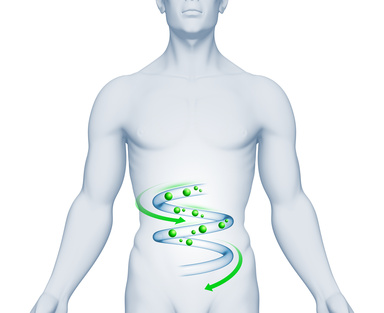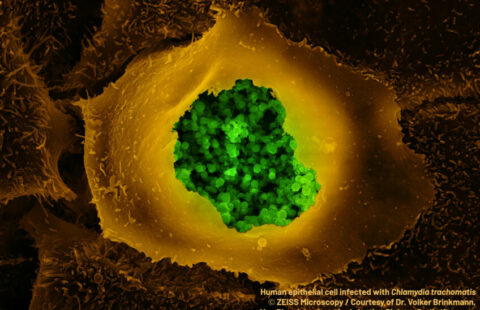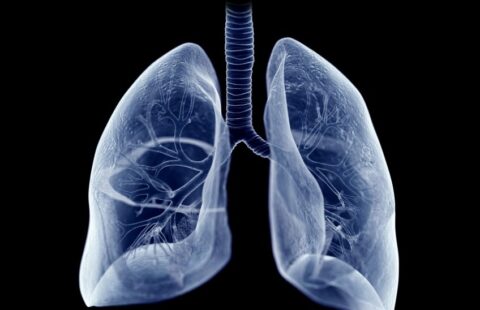
©Fotolia
Teams from the virology, hematology-bone marrow transplant and biostatistics departments of the Saint-Louis Hospital, AP-HP, Université Paris Diderot and INSERM, in collaboration with scientists from the University of California-San Francisco (USA) discovered that a group of viruses in the intestine may trigger the onset of graft-versus-host disease. Researchers demonstrated the role of this intestinal “virome” (the population of viruses found in the intestine) in the onset of graft-versus-host disease by analyzing the intestinal virome of 44 patients receiving a bone marrow transplant.
These results appeared in a letter published in Nature Medicine.
Graft-versus-host disease (GVHD) affects up to 60% of patients who receive a stem cell graft (bone marrow transplant) with a high risk of death. Even though past studies have identified biomarkers associated with the severity of the disease, none of them have been used in practice to date in order to predict the onset of graft-versus-host disease.
The researchers carried out a longitudinal study analyzing the intestinal virome of 44 patients before a bone marrow transplant and six weeks after the transplant. By using high-throughput metagenomic techniques, they sequenced the DNA and RNA in the stool samples, in order to analyze and compare the flux over time in bacterial and viral populations.
The results show that GVHD is associated with significant changes in bacteria, bacteriophage (i.e. the viruses that infect bacteria) and virus populations in the stool.
In patients with intestinal GVHD, the persistent DNA viruses (Anelloviridae, Herpesviridae and Polyomaviridae) are absent from the intestinal tract in the first 2-3 weeks following the graft and then they increase in a significant manner. However, the presence of these viruses is stable as soon as the graft is performed in patients without GVHD.
In particular, the researchers detected the presence of a group of RNA viruses, picobirnavirus (PBV), in more than a third of patients after transplanting stem cells. As opposed to other viruses, the presence of PBV predicts the development of GVHD and is highly correlated to the severity biomarkers of intestinal graft-versus-host disease.
Metagenomic tools have made it possible to identify PBVs that have been little studied to date, since their extreme variability makes developing a test to detect them difficult. These viruses have been described in cases of intestinal gastroenteritis, notably in patients with AIDS, but their pathogenic role has not yet been determined. The potential utility of PBV as a predictive marker of GVHD has rekindled the interest in developing adapted to tools for clinical practice.
These results improve the state of knowledge of this complex disease, notably in terms of the role of viral infections in digestive inflammatory diseases and has opened the door to new therapeutic opportunities.

